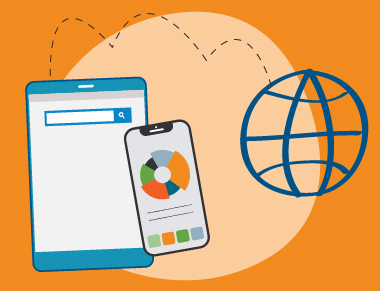
What is private browsing? Your browser (Chrome, Firefox, Edge, etc.) has a setting that allows you to set your web browser in a way that will not keep a history of the web pages you visit. Major browsers each have a different naming convention for this mode; Chrome is Incognito Mode, Microsoft Edge is InPrivate Mode and Firefox is Private Mode.
Private browsing will not keep a cached history of the pages you open. This means that it also is not storing cookies. This can result in longer load time for some pages.
Private browsing is a temporary setting that you can use by selecting from the browser menu (identified with three horizontal lined or three vertical dots in the upper right corner ot the browser).
Private mode users need to realize that this will only affect the ability for anyone else using your device to track your browsing activity. Private browsing does not mean that your transactions on the Internet are private. Sites you visit can still use your visit in their analytics. Your Internet Service Provider (ISP) will also have access to this information. So it’s important to remember that private browsing is specific to just the device you are using. In order to accomplish Internet privacy, you will need to use a virtual private network (VPN), which will conceal your Internet Protocol (IP) address so the websites you visit will not know who or where you are.
